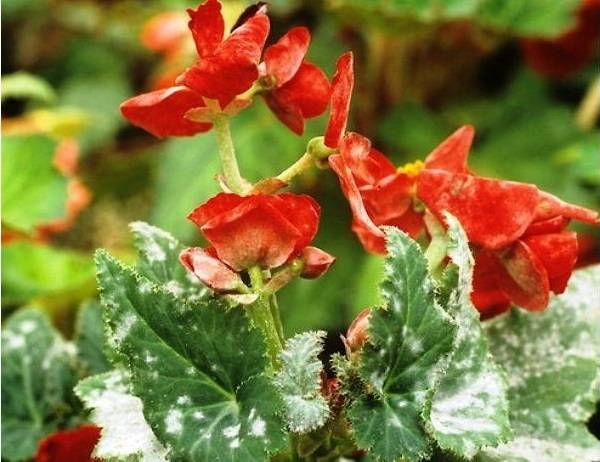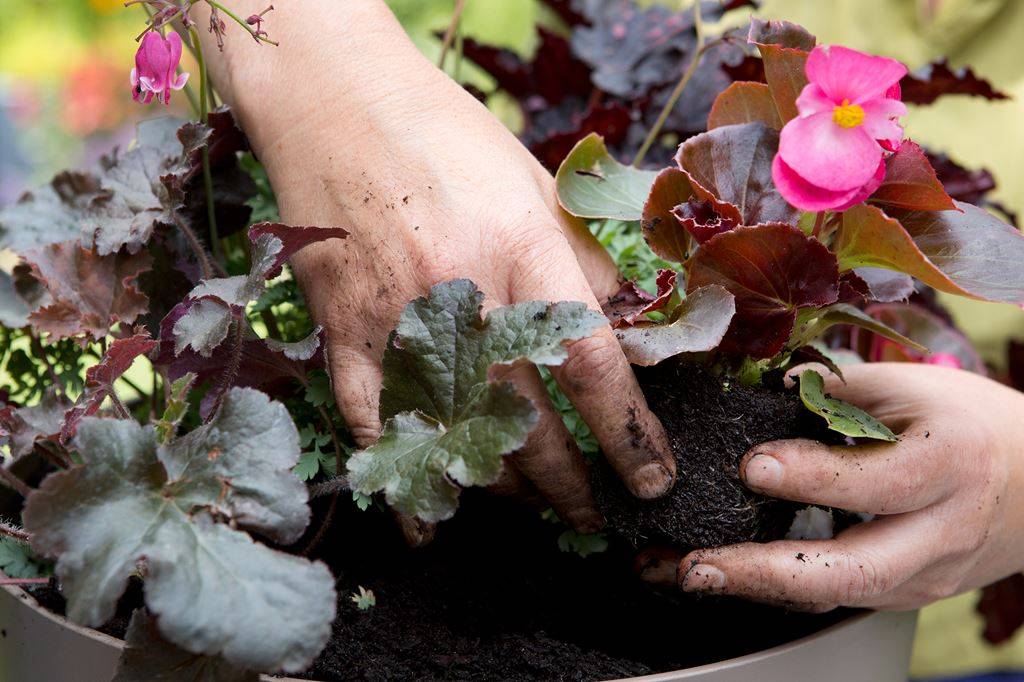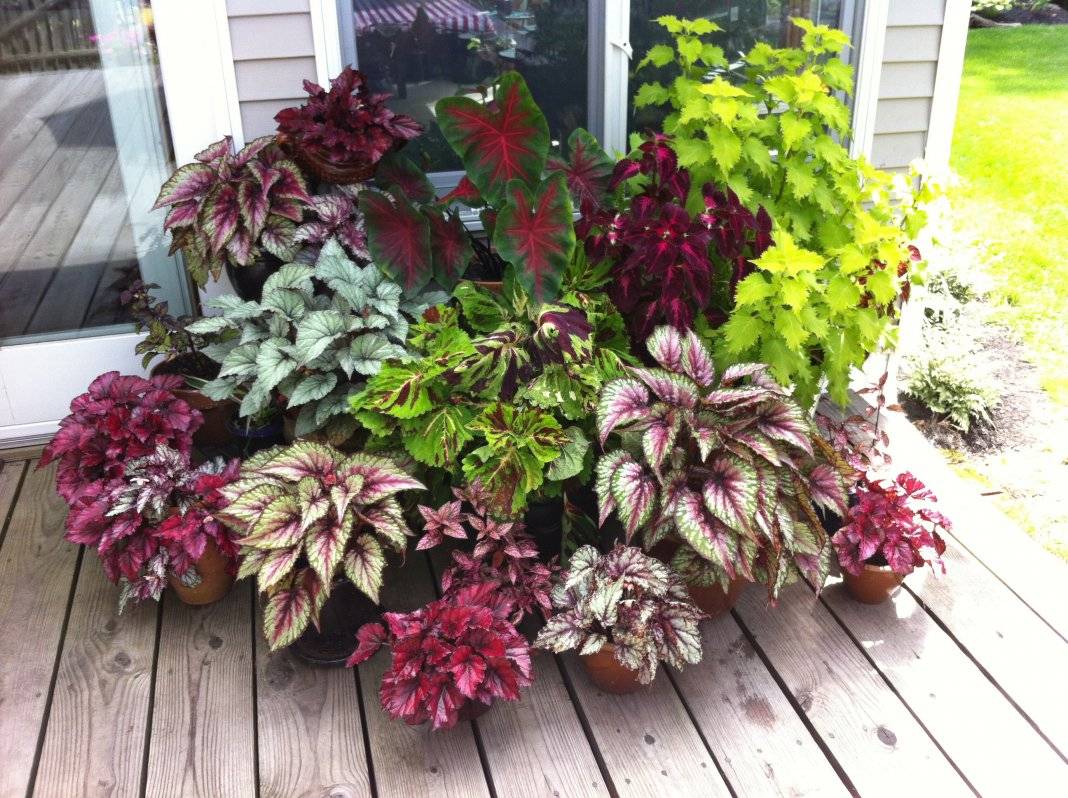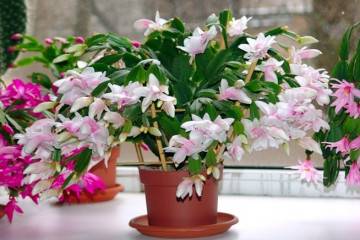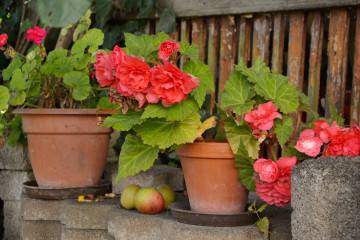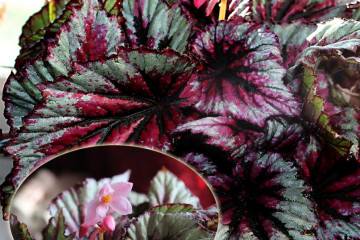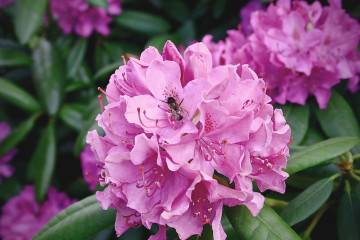Why Begonia does not bloom at home
Content:
Begonia is a very beautiful flower, some of its varieties can compete with roses in their decorativeness. It is grown by flower growers both at home and in personal plots. However, the plant is very delicate and whimsical, therefore, when taking on its cultivation, it is important to know why begonia does not bloom.
Begonia flowering process
Begonia comes from tropical forests, so it needs to create special conditions. Only in this case, you can count on maintaining the health of the plant and its abundant flowering.
During the flowering period, which occurs in summer and autumn, the plant is covered with many inflorescences. Flowers can be of any size depending on the variety, from very small to quite large. Their color can also vary - there are flowers of red, pink, yellow, orange, white, they can be monochromatic or have a contrasting edging of petals.
To make your begonias bloom, you must adhere to the following agricultural techniques:
- Choose the right soil for growing.
- Provide adequate hydration.
- Create good lighting.
- Maintain the desired air temperature.
- Carry out top dressing in a timely manner.
Violation of these rules will not only have a bad effect on the flowering of begonia, forcing it to shed its buds, but can lead to the death of the plant itself.
Diseases
Most often, when growing begonias, you can encounter diseases such as gray rot (mold), black root rot, bacterial wilting, powdery mildew.
Gray rot
At the initial stage, gray rot is characterized by sticky light gray spots on the leaves and stems, gradually darkening to brown. A little later, the shoots begin to fall off, and holes appear on the foliage. Excessive watering and high air humidity lead to this disease.
To save the plant, you need to change its location to a more suitable one. After that, the affected areas are destroyed, and the remaining aerial part of the plant is treated with euparen, foundationol, Bordeaux liquid.
Black root rot
Having noticed blackening and decay of the roots, one can confidently diagnose black root rot in the plant. It can be cured by spraying with benomyl. In the future, so that the disease does not return, you need to reduce watering.
Bacterial wilting
Bacterial wilting is usually the reason for the fall of buds in begonias. Other signs of the disease are small spots on the leaves in the form of bubbles, which quickly increase in size and turn black. In this case, the plant must be sprayed with a fungicide.
Powdery mildew
Often the leaves and shoots of the plant suffer from powdery mildew, which covers them with a whitish coating. Gradually, the leaves dry out and fall off. Such a flower is placed in quarantine, separated from other plants to stop the spread of the disease. At the initial stage, the plant is treated with Alirin-B or Fitosporin-M, but if almost the entire flower is affected, then it is better to apply Strobin or Topaz.
Pests
Insects often attack begonia bushes if it is grown in the garden, but this is also possible with home maintenance. A spider mite, whitefly, nematodes (leaf and gall), false shield, thrips can attack a delicate plant and suck out all the juices from it.
Spider mite
When a begonia is infected with a spider mite, the leaves of the plant, entangled in a thin web, become marble-spotted, turn yellow and crumble. The drug Decis will help in the fight against this lover of heat and high humidity, it is also worth reconsidering the conditions of care.
Whitefly
The whitefly is a tiny butterfly that reproduces very quickly. In the house, they are saved from her with soapy water, having previously destroyed the leaves captured by her. When keeping begonias in a greenhouse or open field, it is recommended to resort to potent insecticides (for example, Apploud, Aktaru, Tepeki, Mospilan), carrying out a triple treatment at intervals of a week.
Nematodes
Leaf nematodes target the stems and leaves of begonias, while the gall type of worms prefers to settle in the lower part of the stems and in the roots. They can be detected by light green, gradually darkening spots and characteristic swellings. You can get rid of these pests by removing the affected areas of the plant and watering it with Heterophos (0.05-0.2%).
False shield
The false shield hides inside the plant, which stops growing and dries up. This pest is destroyed by hand using a soft brush, dipping it in an infusion of garlic and wiping all aerial parts of the plant. The procedure is carried out regularly, every couple of weeks.
Thrips
Thrips are rather large and therefore clearly visible. What if the begonia does not grow, its leaves have lost their color, and it is affected by thrips? To escape from these insects, you need to make an infusion of makhorka with celandine and process the plant with it.
Humidity
Excessive dryness in the room where the flower is located leads to a suspension of flowering and drying out of its leaves. To increase humidity, you can place a container of water near the plant or use a humidifier. During the heating season, you can hang a wet towel on the radiator near the begonia. It has been noticed that the plant blooms better when there is an open aquarium in the same room with it.
Air temperature
It is advisable for begonias to stay in a room with a constant climate, since sharp temperature jumps create stressful conditions for it and prevent flowering. The optimal temperature for growing indoor begonias and their abundant flowering in the summer can be considered 22 ° C. For the rest period, it is better to reduce it to 15 ° C. It is also recommended to protect the sensitive plant from drafts, which also prevent it from blooming.
Root problems
Begonia is a tropical plant, so its root system is poorly adapted to conditions that differ from the natural environment. Its roots have a low resistance to bacterial diseases, which in turn is associated with soil quality and moisture.
In order for the decayed roots of begonia to recover, a flowerpot with a flower must be placed in a place illuminated by the sun. In addition, it is recommended to significantly reduce watering, moistening the soil only after it dries out.
Incorrect transplant
Violation of the rules for transplanting begonia entails wilting of the plant. One of the most common mistakes here is the excessive deepening of the root collar. Its correct position is flush with the soil surface in the pot.
Other possible problems
There are other reasons why tuberous begonia does not bloom. Below is a list of them with an indication of how to fix it
- Lack of lighting. It is enough to rearrange the flower where it will have enough light, slightly shading the delicate leaves from direct sunlight.
- The schedule of periods of flowering and dormancy is lost. In order to regulate the flower's regime, conditions suitable for rest are created for it: 16 degrees Celsius, poor watering and short daylight hours (6-7 hours a day). After 3 months, begonia is brought out of hibernation, gradually increasing the time spent in the light and watering.
- Lack of nutrients. The best solution is to transplant the flower into a new pot with fresh soil. As a last resort, at least apply fertilizer. But even here, a measure is needed, since begonia usually grows from an excess of feeding, and does not bloom.
- The variety is incorrectly identified. This plant has about one and a half thousand species with a complex classification. It so happens that a variety with decorative leaves was mistaken for a flowering one. You can not expect flowers from such begonias, but they are already very beautiful.
- Plant age. Young begonia blooms very rarely. This will happen when at least 5 rings are formed on the main stem. Those wishing to see flowering earlier will have to use stimulants.
Folk methods of struggle
As folk remedies in the fight against various pests and diseases that can overcome begonia, the following are often used:
- Green soap solution helps to get rid of aphids, whiteflies and thrips.
- A solution of potassium permanganate helps to get rid of fungal diseases.
- Solutions made from kefir or milk whey are used to combat powdery mildew.
- All kinds of infusions - on tobacco, celandine, lemon peels, garlic - do an excellent job with many insects.
Despite the large number of difficulties that can be encountered when growing begonias, the abundance of flowers that cover it during the flowering period more than pays for all the efforts. Observing the correct agricultural technique, the florist will save himself from questions about why begonia does not bloom and what to do about it.


